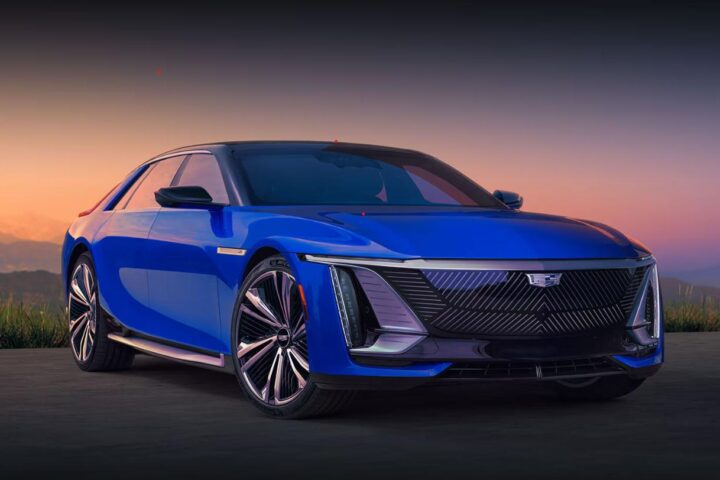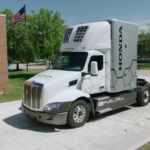In a noteworthy pivot towards greener horizons, Rivian Automotive and AT&T have inked a deal brimming with electric potential. The crux? AT&T will begin integrating Rivian’s electric vehicles (EVs) into its commercial Electric Fleet Pilot Program come early 2024, starting with a pilot program. It’s a step forward, a tangible shift towards sustainable operations.
This move isn’t just about swapping out gas guzzlers for sleek, battery-powered machines. It’s a nod to the growing consciousness in the corporate world about their carbon footprint. With a commitment to achieve carbon neutrality by 2035, AT&T is steering its fleet strategy towards a greener future. This involves not just electrifying their wheels but also honing in on route optimization, hybridizing their vehicles, and trimming down the fleet size. Their efforts have already yielded a 20% reduction in miles driven annually, slashing emissions by 51 million pounds. That’s no small feat.
Similar Posts
Rivian’s Commercial Van and R1 aren’t just any EVs. They’re engineered with safety, sustainability, and cost-efficiency in mind. Picture vehicles equipped with automatic emergency braking, collision warnings, and 360-degree visibility – a trifecta of safety features. Plus, they run on Rivian’s in-house software, boosting efficiency and lowering ownership costs.
Hardmon Williams from AT&T calls this pilot “another important step in our ongoing efforts toward sustainability.” Dagan Mishoulam from Rivian echoes this sentiment, highlighting the crucial role their vehicles play in cutting emissions.
And it’s not just about the vehicles. AT&T is also the exclusive connectivity provider for all Rivian vehicles in the U.S. and Canada. This partnership is about creating a smarter, safer, and more connected driving experience. Rivian’s over-the-air software updates continually refine these vehicles, elevating their performance and user experience.
In essence, this collaboration between Rivian and AT&T is more than a business transaction. It’s a strategic alliance aimed at reducing environmental impact and embracing a future where technology and sustainability go hand in hand. This move reflects a growing trend in the corporate world where sustainability is no longer an afterthought but a key driver in decision-making.
As we look at this partnership, it’s a reminder of the evolving landscape in transportation and corporate responsibility. It’s a step towards a future where our roads are less about carbon footprints and more about sustainable paths forward.















